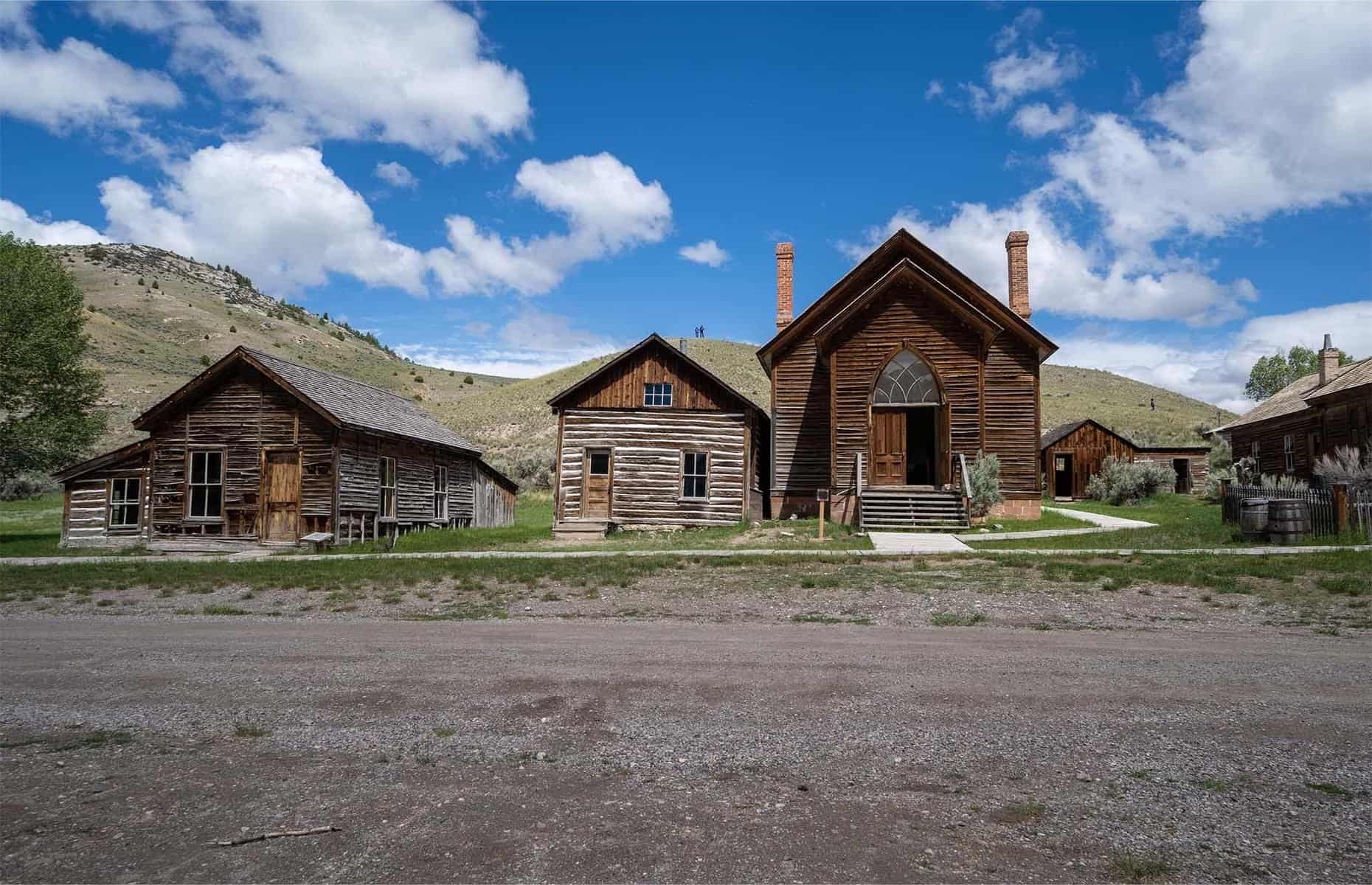Montana’s Last Chance Gulch Tent Cities Of The Gold Rush

Ever wondered what life was like during the gold rush in Montana? Last Chance Gulch was a bustling hub for fortune seekers. Tent cities sprang up overnight, filled with miners dreaming of striking it rich. These makeshift communities were lively, chaotic, and full of stories. Imagine rows of canvas tents, makeshift saloons, and the constant clink of pickaxes. People from all walks of life came together, united by the hope of finding gold. This slice of history offers a glimpse into the rugged, adventurous spirit of the American West. Ready to step back in time and explore the legacy of Last Chance Gulch?
Montana's Last Chance Gulch: A Glimpse into the Gold Rush Era
Montana's Last Chance Gulch holds a rich history dating back to the Gold Rush era. Tent cities sprang up almost overnight as prospectors flocked to the area, hoping to strike it rich. These makeshift towns were bustling with activity, filled with the hopes and dreams of those seeking fortune. Let's take a closer look at some of the most notable tent cities that emerged during this fascinating period.
1. Helena
Helena, the capital of Montana, began as a humble tent city. Four prospectors, known as the "Four Georgians," discovered gold in the area in 1864. This discovery led to a gold rush, and within months, a bustling community of tents and makeshift structures appeared. Helena quickly grew into a major hub, eventually becoming a permanent settlement with brick buildings and a thriving economy.
2. Diamond City
Diamond City, located in the Confederate Gulch, was another prominent tent city during the Gold Rush. Founded in 1864, it became one of the richest placer mining districts in Montana. Miners flocked to the area, setting up tents and shanties along the gulch. At its peak, Diamond City boasted a population of over 10,000 people, all drawn by the promise of gold.
3. Virginia City
Virginia City, established in 1863, is one of the best-preserved Gold Rush towns in Montana. Initially a tent city, it quickly transformed into a bustling community with saloons, shops, and hotels. The discovery of the Alder Gulch gold deposits attracted thousands of miners, making Virginia City a vital center of commerce and activity during the Gold Rush.
4. Bannack
Bannack, founded in 1862, was Montana's first territorial capital. This tent city grew rapidly after the discovery of gold in Grasshopper Creek. Miners set up tents and cabins along the creek, creating a lively community. Bannack's population swelled to over 3,000 people, and it became known for its lawlessness and rough-and-tumble atmosphere.
5. Nevada City
Nevada City, located just a few miles from Virginia City, was another significant tent city during the Gold Rush. Established in 1863, it served as a satellite community for miners working in the Alder Gulch area. Tents and log cabins lined the streets, and the town quickly developed a reputation for its rowdy saloons and lively entertainment.
6. Elk City
Elk City, situated in the Clearwater Mountains, was a remote tent city that attracted miners seeking gold in the region's rivers and streams. Founded in the early 1860s, it became a hub for prospectors exploring the rugged terrain. Tents and makeshift shelters dotted the landscape, creating a temporary community of fortune seekers.
7. Pioneer City
Pioneer City, located in the Pioneer Mountains, was another notable tent city during the Gold Rush. Established in the early 1860s, it attracted miners with its rich placer deposits. Tents and cabins sprang up along the creeks, and the town quickly became a bustling center of activity. Pioneer City was known for its vibrant social scene, with saloons and dance halls providing entertainment for the miners.
8. Bear Gulch
Bear Gulch, nestled in the Little Belt Mountains, was a lesser-known tent city that emerged during the Gold Rush. Miners flocked to the area in search of gold, setting up tents and shanties along the gulch. The community was short-lived, but it played a significant role in the region's mining history.
9. Yogo City
Yogo City, located in the Judith Basin, was a tent city that gained fame for its unique gemstone deposits. Founded in the late 1800s, it attracted miners not only for gold but also for the rare Yogo sapphires found in the area. Tents and cabins lined the streets, creating a vibrant community of gem hunters and prospectors.
10. Garnet
Garnet, situated in the Garnet Range, was a tent city that later evolved into a well-preserved ghost town. Established in the 1890s, it attracted miners with its rich gold and silver deposits. Tents and log cabins dotted the landscape, and the town quickly developed a reputation for its lively social scene. Today, Garnet stands as a testament to Montana's Gold Rush history, offering visitors a glimpse into the past.
Montana's Gold Rush Legacy
Montana's Last Chance Gulch tent cities tell a story of adventure, hardship, and dreams. These makeshift towns sprang up almost overnight as prospectors flocked to the area, hoping to strike it rich. Life was tough, with miners facing harsh weather, limited supplies, and the constant threat of lawlessness. Yet, the promise of gold kept them going.
Today, remnants of these tent cities offer a glimpse into the past. Old tools, photographs, and preserved sites help us understand the determination and resilience of those early settlers. Visiting these historical spots provides a unique way to connect with Montana's rich history.
The gold rush may have ended, but its impact on Montana remains. The stories of those who lived through it continue to inspire and remind us of the enduring human spirit.

